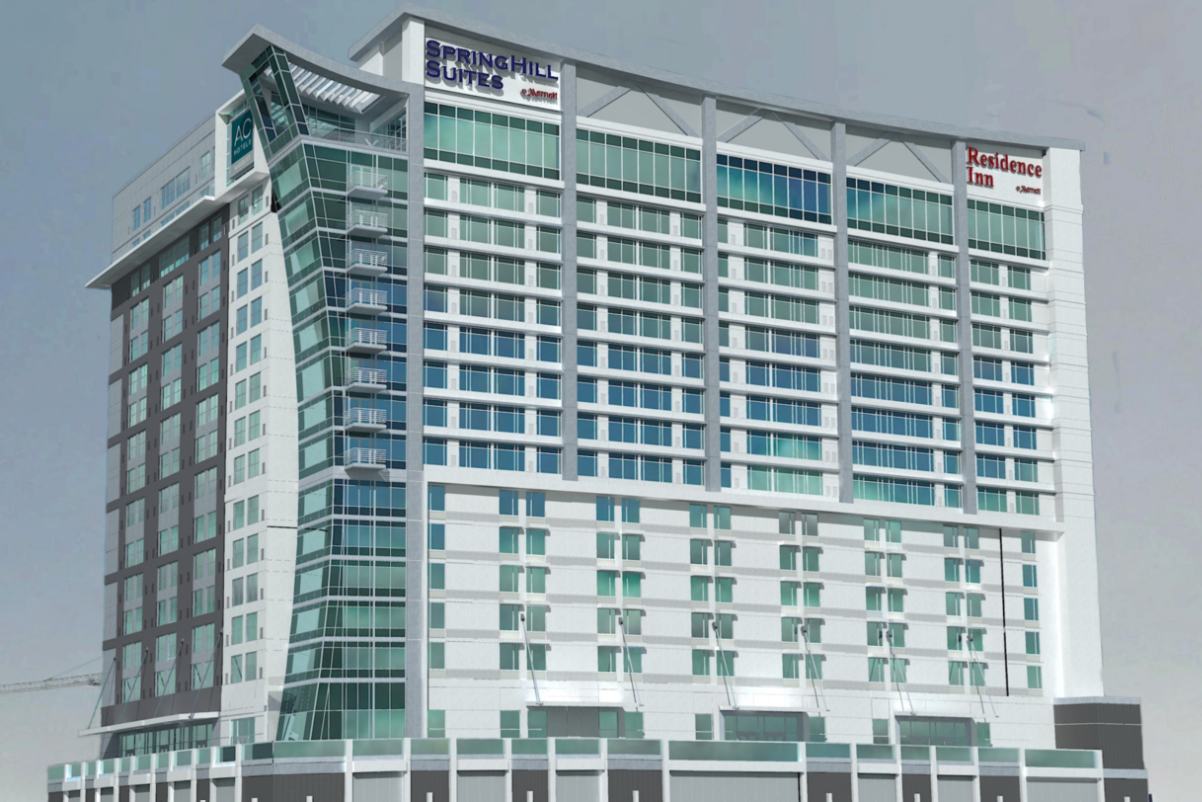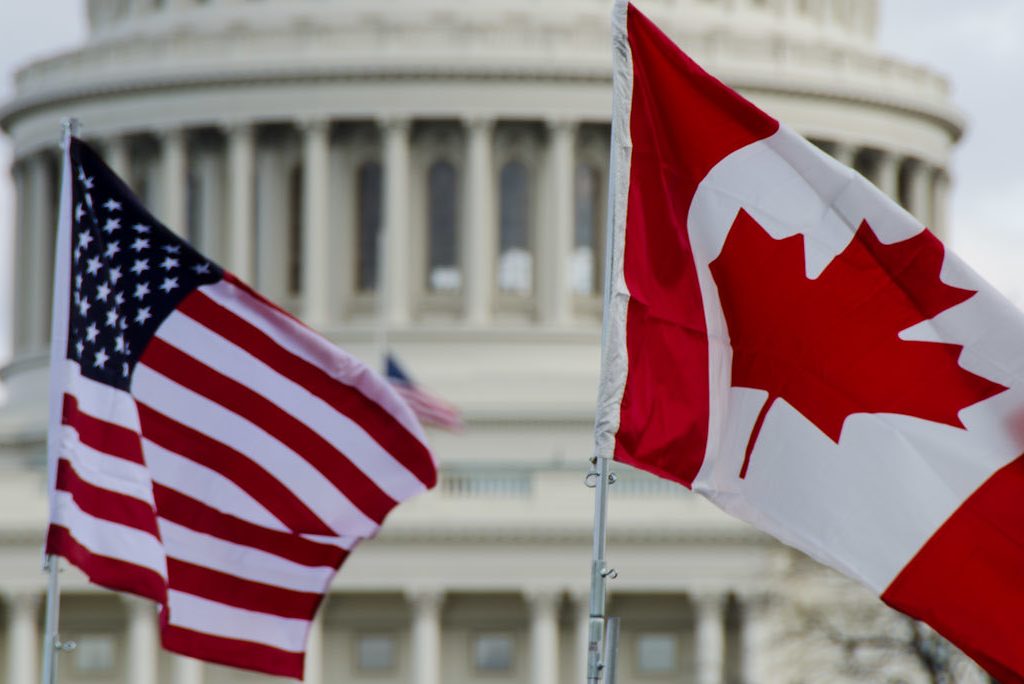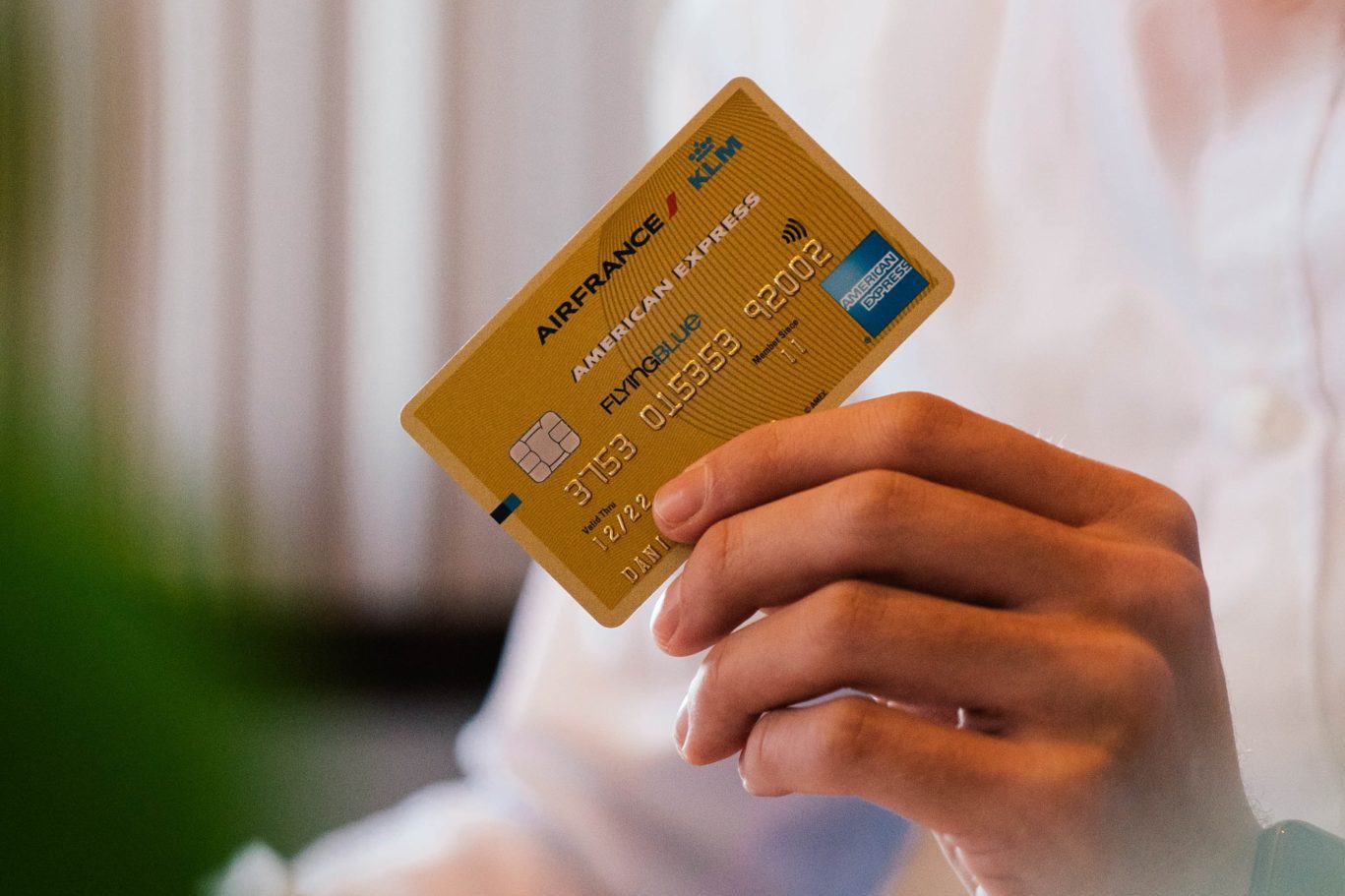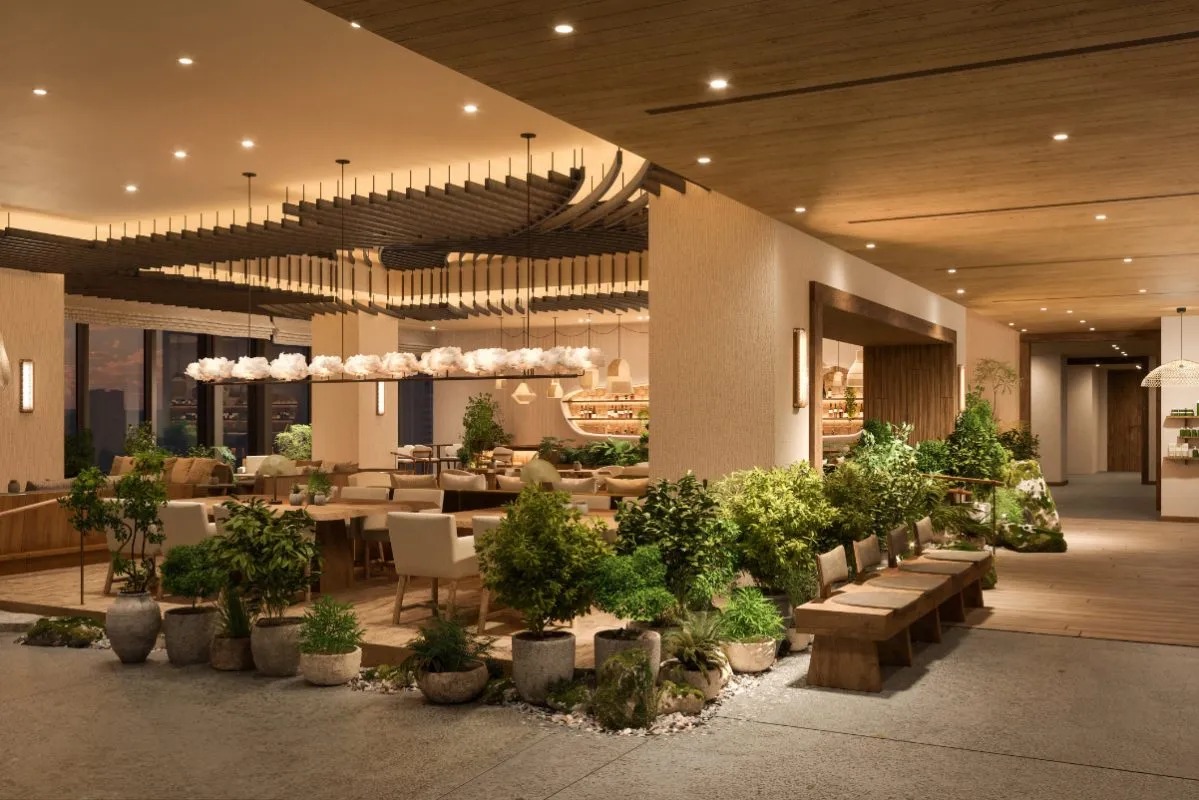Hotel Brand Bloat: 'A Shakeout Is Coming'

Skift Take
Major hotel groups in 2023 introduced a wave of brands, including Marriott's StudioRes, IHG's Garner, Spark by Hilton, and Hyatt Studios. These brands shouldn't be confused with other new ones, such as Aman's Janu, Kerzner's Siro, TUI's The Mora, Langham's Ying'nFlo, TAG's Paradox, and Paliosociety's Le Petit Pali.
There are now about 1,000 hotel brands worldwide.
Is that too many? We turned to one of the leading authorities for answers: Chekitan Dev, a professor at Cornell University’s hotel school. Dev literally wrote the book on hospitality branding.
Dev gave an hour-long talk on the topic this week. Here are a dozen Skift Takes based on what we heard.
1. Brands are often built for owners more than for travelers.
Hotel groups like Marriott have large footprints, and any given location may have several of their brands. But then developers need a fresh one to stand out — hence, more brands.
Hotel groups may also promise franchisees they won't allow the same brand to open within a certain distance. But that limits the hotel group's growth in that area — again, that leads to more brands.
Brands from the major hotel groups are often generic for a reason. Owners want a cookie-cutter hotel that can transition from one brand to another without significant changes.
"If I'm an owner, I want a property that is easily transferable if I need to change my brand so I don't get locked in or held hostage by a specific brand," Dev said. "But if I'm a brand manager, I want my look and feel to be unique. It's a tension."
Skift Take: Brands also help owners predict what their operational costs will be. For example, SpringHill Suites by Marriott will only require owners to install a microwave and some bare-bones food prep space for guests. But Residence Inn by Marriott will require a kitchen with a full refrigerator, stovetop, and kitchen utensils.
The latter has a higher costs but may fetch rates. Consumers may struggle to remember the differences.
2. Brands may help hoteliers "game" the online travel players.
The more brands you have, the more likely you'll get a property appearing prominently in the search engine results of online travel sites and apps.
It's like cereal. Conglomerates know one cereal brand may get lost among all the other boxes on store shelves. With a dozen cereal brands, a consumer is more likely to see and buy at least one of theirs.
Same logic with hotels, or so the thinking goes.
Skift Take: The reality may be more complicated. There's only so much screen space on Expedia, Booking.com, MakeMyTrip, Kayak, Skyscanner, and so on. Other factors, such as paying for visibility, might matter more.
But hotel marketers still think "shelf space" is a driver, and that contributes to brand bloat.
3. If customers have a favorite brand, there aren't too many brands.
Many consumers complain there are too many brands and that they don't know what most of them mean.
But nearly all of those brands aren't aimed at them personally. It's a big world, with billions of people.
Skift Take: If there's at least one brand you find yourself having an affinity with, then the hotel marketers have won. After all, their strategy of filling the market with brands generated at least one brand that drove you to book. Who cares if you can't remember any of the other brands?
4. Most of the world's hotels are still unbranded.
While roughly two-thirds of U.S. properties are branded by one of the major hotel groups, a majority of the world's hotels are independent.
The world has roughly 17 million rooms. About 60% haven't yet been branded by regional or global groups, Dev said.
Skift Take: Expect more of those independent properties to be converted. Many owners will choose to pay management fees to hotel groups in exchange for the reliable flow of customers generated by loyalty programs.
5. Inventing brands is easier than fixing them.
Hotel executives have a subtle incentive to create more brands. It's easier to do than fixing older ones.
If you want to change an existing brand, you must get compliance from current owners and franchisees. That's often harder to do than to sell owners and developers on a fresh concept.
Skift Take: Corporate power games also tend to favor brand creation. IHG's Elie Malouf rose to the CEO role partly on his reputation for the successful launch of Avid. But you hear less about how he pushed teams to refresh and retool brands like Kimpton.
6. Brands are for niche interests.
Sometimes, savvy marketers will spot unserved — or under-served — market gaps and create hotel brands to tap them.
Interests can include fitness and wellness (served by IHG's Even brand and Marriott's Westin), eco-luxury (1Hotels), social luxury (Janu), nightlife fans on a budget (Moxy, CitizenM, Generator), business people who don't want to be defined by Excel spreadsheets (Aloft, Tru), and nightlife fans with money to spare (Delano, The Standard, Edition).
Skift Take: Truly creating a brand that meets an unmet need requires risk-taking and innovation, so it isn't common.
Some marketers target customers by interests, such as meetings-and-events planners who want good facilities (Signia by Hilton, Omni, Loews), parents who have children who want to play with a waffle maker (Comfort Inn, La Quinta by Wyndham, and Hyatt Place), and value-conscious couples who want a full breakfast included in their rate (Embassy Suites by Hilton, Residence Inn by Marriott, and Homewood Suites).
7. Some hotel brand names are uninspired.
Some brands are more compelling than others, Dev said, noting key attributes.
Skift Take: In 2015, we ran a quiz comparing brand names of hotels and condoms to see if people could tell the difference.
Hotel marketers have made stumbles since then. We weren't wowed by IHG's new brand Garner this year, though maybe that was just us.
BWH Group, the organization behind Best Western hotels, debuted to owners at a customer conference in October 2022 Home by BWH. Owners were unenthused, so they changed it to @Home by Best Western, which has more than 30 properties in the works.
One headwind that hotel brand marketers face is that they may be running out of available names.
Trademark disputes are another reason why branding is harder than it looks. Hilton tried trademarking an in-development hotel brand as H3 but endured delays because of a potential conflict with an existing trademark.
8. Yes, there's "brand bloat."
If you define "brand bloat" by the number of brands stepping into each other’s "swim lanes" and confusing guests, then there's definitely hotel brand bloat, Dev said.
Skift Take: If you've ever stepped into Hilton's Tru, you'll be hard-pressed to see the difference between it and Marriott's Aloft.
We could repeat this comparison with multiple brands across hotel groups. One hotel group debuts a brand that connects with an audience and then another honors that success by launching a brand that's remarkably similar.
That's not necessarily bad for travelers. A "copycat" brand may prove to be better run over the long term. Execution matters.
9. The pandemic worsened brand bloat.
Hotel groups ask owners and franchisees to maintain brand standards and keep their properties in good shape. But during the pandemic, groups became lax about enforcing these standards.
Since then, some owners have let their properties and operations decline, while others have kept true to the brand promise. That has led to inconsistent experiences for guests.
Executives at hotel groups claim they regularly clean up their brands and that they kick a small single-digit percentage of their properties out of their systems each year.
Skift Take: Hotel executives are often vague on details about quality control. Here's why: Executives are under pressure to speed up the pace at which they expand their hotel footprints because each additional hotel adds management fees.
Stock investors see the pace of net room growth expansion as a simple way to calculate future earnings. They don't try to calculate to damage to brand reputations. The result is that executives — heavily compensated in equity awards — tend to err on the side of growth instead of quality control.
Creating new brands, which typically involve either refurbishments or new construction, introduces higher-quality properties. So executives are also incentivized to create new brands as a way to boost average quality.
10. New pricing software has diluted many brands.
Typically, a brand comes with a range, or band, of likely rates that the owner can expect to charge.
Any given hotel group may have different brands up and down the scale of sophistication, such as "budget" and "economy" and "premium economy" on the low-end, and "luxury lifestyle" and "ultra-luxury" at the high end. Each category ("budget" versus "economy") would have a rough band of rates they'd expect to charge relative to other categories.
But now that many owners use computers to set their nightly rates dynamically based on local supply and demand trends.
Skift Take: Many brands are losing their signaling value about pricing.
11. Branding is harder than it looks.
Last month jeweler Chopard debuted in Paris its first hotel. It makes sense. The easiest thing in the world for a non-travel luxury brand with a tremendous following and history is to create a brand extension in hotels.
"They [non-travel luxury brand owners in general] believe they can somehow carry over the authenticity of the core brand," Dev said. "Yet I've observed brands such as Bulgari, Armani, Versace, Cerruti, and others opening hotels with limited success. What luxury lifestyle brands have begun to realize is that running a hotel well is not easy, and a bad result could easily damage their brand."
Skift Take: Branding is also complex and fraught. A case in point: In April 2009, Starwood sued Hilton, alleging that two former Starwood executives stole more than 100,000 confidential documents when they left Starwood to join Hilton. The documents allegedly contained information about Starwood's successful W hotel brand relevant to Hilton's proposed brand Denizen. Hilton agreed to pay Starwood $75 million in cash to settle the case, saying it regretted the circumstances but denying guilt.
12. Hotel brands can decay.
When does a hotel brand get in trouble? Dev highlighted a handful of common problems:
- Inconsistent adherence to standards.
- Trying to be everything to everyone, or more precisely, appealing to too many audience segments.
- Failing to generate high awareness and loyalty among a target guest segment that's willing to spend.
- Getting everyone on board. If the front desk, the revenue managers, the housekeeping department, and the social media coordinator all perceive the brand differently, you have a problem. The analogy some have used for this is of a university rowing team where the crew members in the boat aren't rowing in sync.
Dev says a surefire way to see if your brand needs help is to measure its brand-level revenue-per-available-room, satisfaction scores (such as customers’ surveyed intent to return), and related metrics.
Then, frame your property’s performance vis-a-vis its competitor set within what he calls a brand equity framework.
“The ultimate test of a great brand is the amount of premium a guest is willing to pay for your brand compared to your closest competitor brand,” Dev said.
Skift Take: Dev is worth listening to. Here's a recording of his hour-long talk. He may not agree with all our takes. But we know we both agree on one of his bottom-line messages.
"A shakeout is coming," he said.
Brand marketers should evaluate the health of their portfolios. They ought to make sure their hotel brands survive once the post-pandemic travel boom ebbs and travelers get choosier again.





